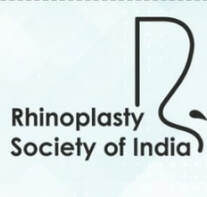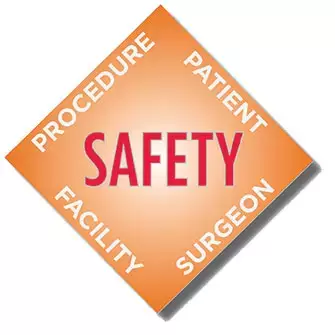|
Gynecomastia correction is a commonly carried out procedure among men.
The aim of the surgery is an improved contour of the chest. This is accomplished with the help of minimal incisions such that patients do not have an operated look. Most of the patients undergoing correction have liposuction for removal of the fat surrounding the gland and in the lower part of the axilla (armpits). The incision is placed in the areola (pigmented skin around the nipple) for removal of the gland. The areolar incision usually settles very well and has a high patient satisfaction. We sometimes place small tubes (drains) to remove any fluids from the operated site. This is usually removed on the next day. Many of our patients do not have a drain. Most of the cases of gynecomastia correction are performed under general anesthesia. We reserve treatment under local anesthesia for cases with minimal gynecomastia in slim individuals. Patients are retained overnight after the procedure. Dressings are removed and operated area is inspected on the day after the surgery. Patients are instructed to wear pressure garment continuously for a month following the surgery. They are usually discharged home after an overnight stay. Due to liposuction and accompanying infiltration of the operated sites with local anesthetic most patients are comfortable on oral pain medications. At home, patients can move about and carry light activities. We review our patients back in the clinic 2 to 3 days after the procedure. The dressings are removed and skin adhesive tapes are used to secure the suture line. Patients can shower with the skin adhesive tapes. We review the patients after one week for removal of sutures after one week. Skin adhesive tapes are reapplied for 2 more weeks. Most patients usually return to work within a week. Heavy exertion such as weight lifting is restricted until one month following the procedure. A normal recovery can involve the following,
In most patients, gynecomastia correction is associated with a boost in self-confidence. Learn more about gynecomastia here. In case of any doubts, we would be glad to hear from you.
Comments are closed.
|
AuthorI like to keep it simple. CategoriesArchives
June 2024
Categories |
- Home
-
Cosmetic
- Fat grafting
- Swellings and moles
- Scar revision
- Leukoderma (Melanocyte transfer)
- Hair transplant
- Facial rejuvenation procedures
- Nose job (Rhinoplasty)
- Cleft lip nose correction
- Ear (Otoplasty)
- Lip reduction
- Breast augmentation
- Breast reduction
- Tuberous breasts
- Axillary breasts
- Gynecomastia
- Liposuction
- Brachioplasty (Arm contouring)
- Abdominoplasty (Tummy tuck)
- Female genital rejuvenation
-
Reconstructive
- Contact
- Blog
- Home
-
Cosmetic
- Fat grafting
- Swellings and moles
- Scar revision
- Leukoderma (Melanocyte transfer)
- Hair transplant
- Facial rejuvenation procedures
- Nose job (Rhinoplasty)
- Cleft lip nose correction
- Ear (Otoplasty)
- Lip reduction
- Breast augmentation
- Breast reduction
- Tuberous breasts
- Axillary breasts
- Gynecomastia
- Liposuction
- Brachioplasty (Arm contouring)
- Abdominoplasty (Tummy tuck)
- Female genital rejuvenation
-
Reconstructive
- Contact
- Blog
You can leave us a comment using the contact form below.
We shall get back to you at the earliest.
We shall get back to you at the earliest.
Links
- Face procedures | Rhinoplasty, Otoplasty, Lip reduction, Fat grafting
- Body procedures | Gynecomastia , Breast reduction, Abdominoplasty, Brachioplasty, Liposuction
- Skin procedures | Scar revision, Moles, Leukoderma surgery
Let's be friends !
Follow us at Facebook and Twitter.
Follow us at Facebook and Twitter.
© 2024 Amicus Clinic (Plastic Surgery Centre, Trivandrum). All rights reserved.
 RSS Feed
RSS Feed



